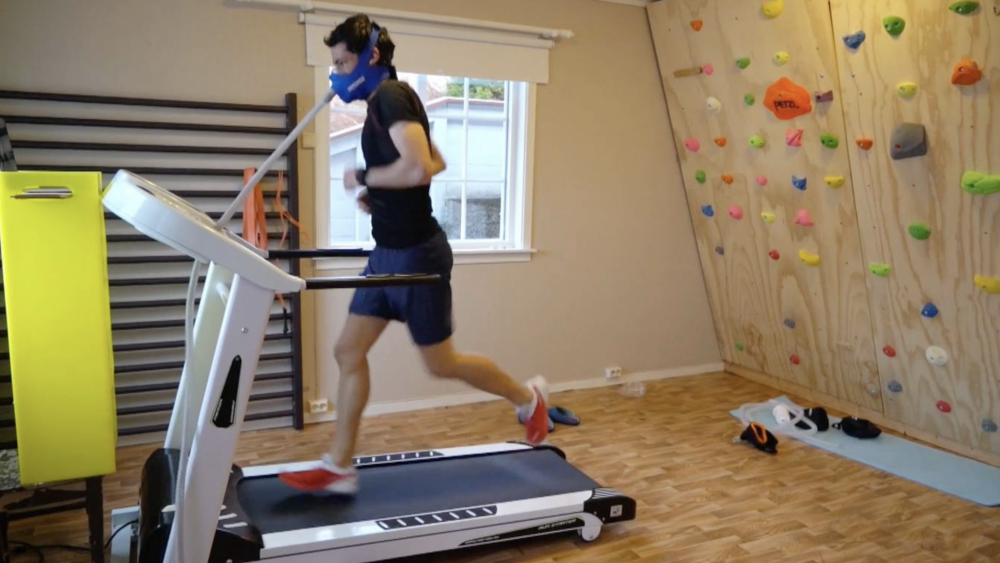I think I may be suffering from ADS. For last 2 or 3 years I been doing mtntough and then my runs were typical at the high zone 3. I don't think my issue is severe, as I can go for light jogs and sit at 135 bps. I been trying to have that hybrid mindset and full body functionality.
A few questions, should I completely stay away from hit workouts for now and vo2 max and hill sprints? Or is it OK to keep 1 of those per week?
When working on base zone 2 runs, dies it matter where I sit in the zone or should I sku towards the bottom.
Garmin watch training has my range set between 126 and 150 bpm. TIA
Sent from my SM-S921U using Tapatalk
A few questions, should I completely stay away from hit workouts for now and vo2 max and hill sprints? Or is it OK to keep 1 of those per week?
When working on base zone 2 runs, dies it matter where I sit in the zone or should I sku towards the bottom.
Garmin watch training has my range set between 126 and 150 bpm. TIA
Sent from my SM-S921U using Tapatalk



